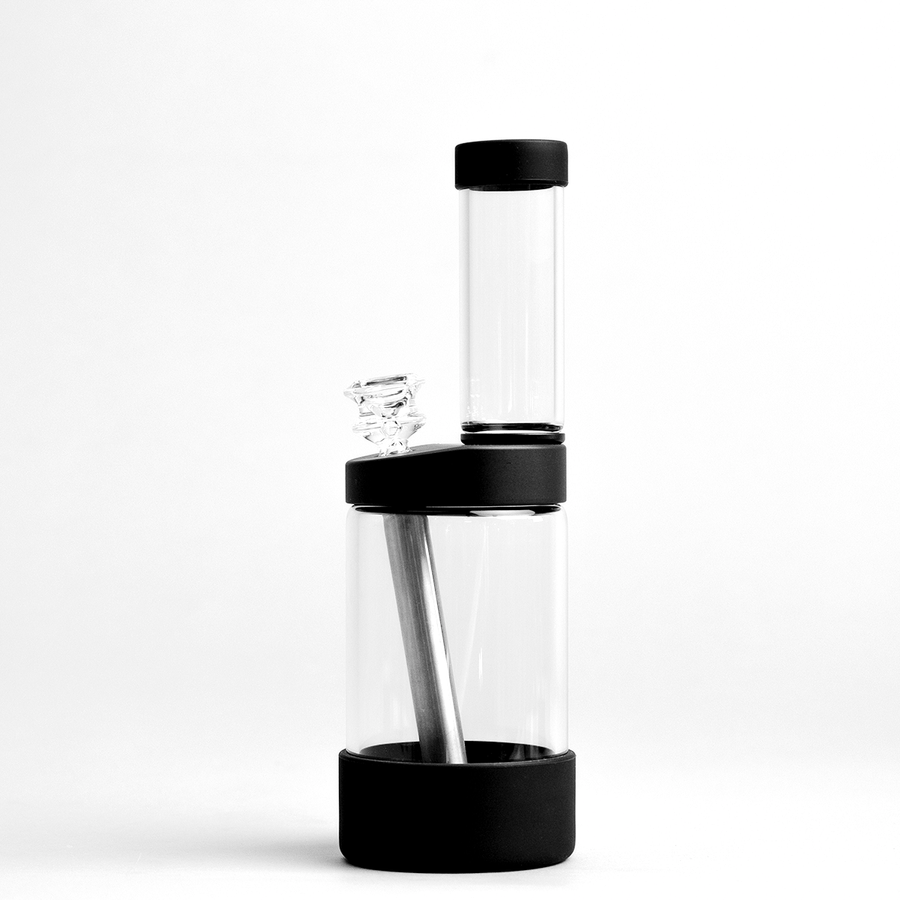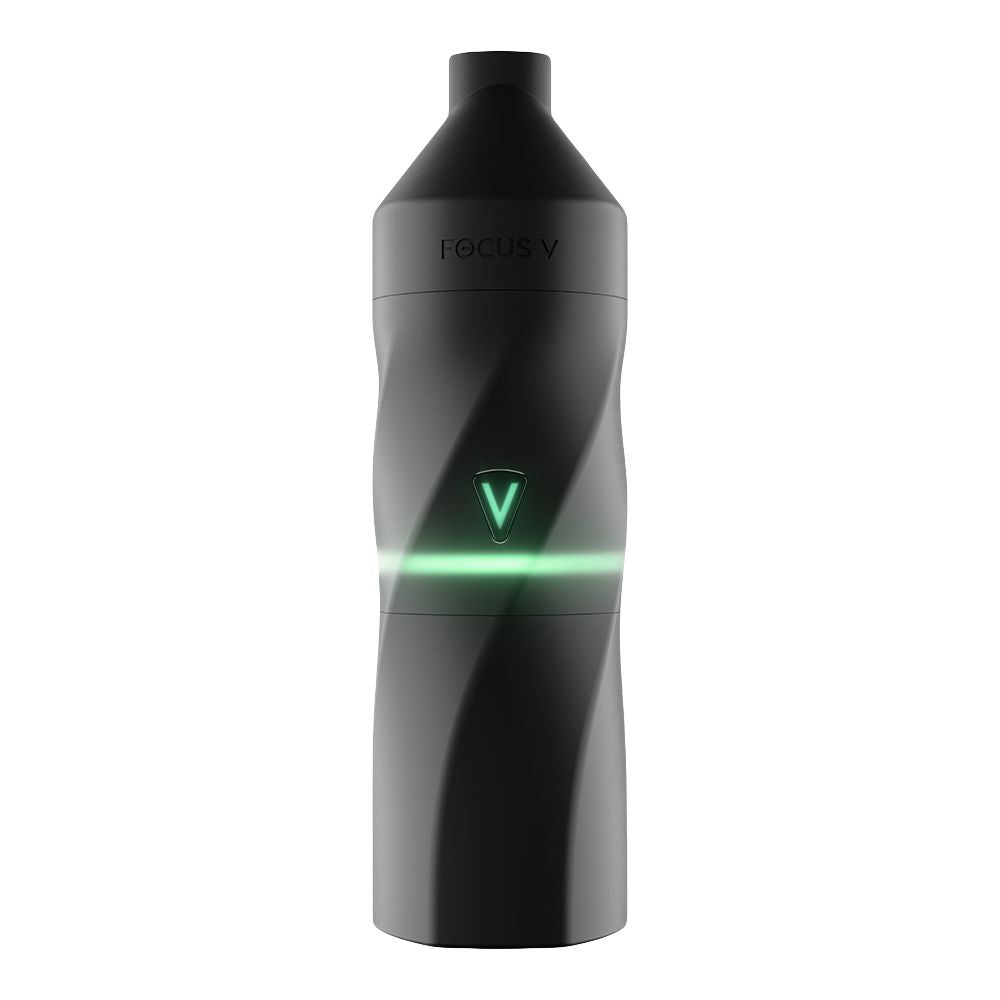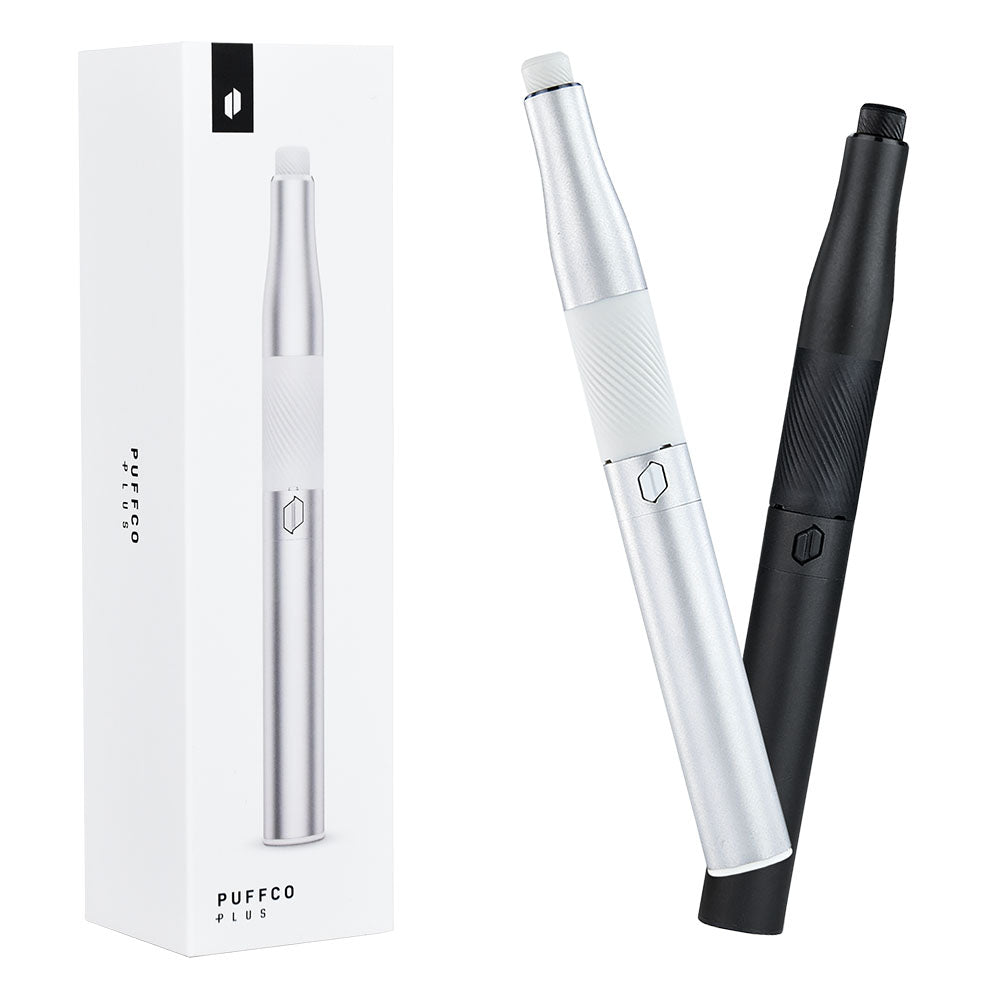What is Dabs: A Complete Guide to Marijuana Concentrates

Are you curious about dabbing and marijuana concentrates? These potent cannabis products have become increasingly popular in recent years. Did you know that dabs are a highly concentrated form of THC, the main psychoactive compound in marijuana? In this article, we will provide a complete guide to understanding what dabs are and how they are made, as well as discussing potential health risks and harm reduction strategies. Ready to dive into the world of marijuana concentrates? Let's explore together!
Key Takeaways
- Dabs are highly concentrated forms of cannabis, produced by extracting THC using solvents like butane or CO2, resulting in products such as wax and shatter with much higher potency than regular marijuana.
- The process of making dabs can be dangerous because it involves flammable gases. It’s crucial to buy concentrates from reliable sources and use them safely.
- Using dabs leads to stronger and immediate effects, including euphoria and heightened senses, due to the high levels of THC. However, there are also short-term risks like impaired memory and coordination.
- Long - term use of dabs may lead to serious health issues such as respiratory problems, decreased cognitive function, addiction, and negative impacts on mental health including worsening symptoms of anxiety or depression.
- There are strategies for reducing harm when dabbing, like using temperature-controlled devices and starting with small doses. Treatment options for cannabis use disorder include counseling and support groups for those who need help managing their consumption.
Definition of Dabs

Dabs refer to highly concentrated forms of cannabis, created through an extraction process that strips compounds like THC from the cannabis plant. This method results in a sticky oil, commonly known as wax, shatter, or butane hash oil (BHO).
These concentrates pack a much more potent punch than traditional marijuana buds. Users typically vaporize or "dab" them using special rigs or vaporizers, aiming for a quick and intense high.
The extraction process often involves solvents like butane or CO2 to pull out the desired cannabinoids and terpenes from the plant material. The end products vary in texture and potency but share one common trait: elevated levels of THC resin compared to non-concentrated marijuana forms.
Dabbing delivers powerful effects swiftly due to this high concentration, making it popular among seasoned cannabis enthusiasts looking for an enhanced experience.
Overview of Marijuana Concentrates

Moving beyond the basic definition, marijuana concentrates represent a potent form of cannabis. These products undergo processes that extract THC and other cannabinoids, leaving behind the plant's fibers and solids.
Concentrates come in various forms, including wax, oil, and shatter. They offer a more intense experience than traditional marijuana because they contain higher levels of THC.
Manufacturers use several methods to create these concentrated forms of cannabis. Butane extraction is a common technique that involves using butane to pull out the essential oils from the cannabis plant which include THC, CBD, and terpenes.
The result is a highly concentrated substance that can be used for dabbing or vaping. Each type of concentrate has its own unique texture and potency level which allows users to choose based on their preference for strength and consumption method.
Types of Dabs

Dabs come in various forms, including butane hash oil (BHO), shatter, wax, and hash oil. To learn more about these different types of dabs and their unique characteristics, continue reading below.
Butane hash oil (BHO)

Butane hash oil (BHO) is a potent cannabis concentrate that is made using butane as a solvent to extract THC from the marijuana plant. The process involves soaking the plant material in butane to strip away the cannabinoids, resulting in a highly concentrated THC oil.
BHO has several forms, including shatter, wax, and budder, each with varying textures and potencies. It’s important to note that making BHO at home can be extremely dangerous due to the flammable nature of butane gas.
Therefore, it’s crucial for individuals to obtain BHO products from reputable sources and use them responsibly.
Shatter

Shatter is a type of marijuana concentrate that's translucent and brittle, resembling hard candy. It gets its name from its glass-like texture which easily breaks into pieces. This concentrate contains high levels of THC and other cannabinoids, making it extremely potent.
To create shatter, butane or CO2 is used to extract the cannabinoids and terpenes from the cannabis plant, resulting in a concentrated form of THC that can be up to 80-90% pure. Shatter is commonly consumed by dabbing – vaporizing a small amount on a heated surface and inhaling the vapor.
The use of shatter provides an intense and immediate high due to its high THC content. However, it also carries higher risks than traditional marijuana consumption methods due to its potency.
Wax

To create wax, the butane hash oil (BHO) is whipped during its production process. This agitation introduces air and agitates the THC molecules, resulting in a creamier and more opaque texture than shatter.
Wax has a higher moisture content compared to shatter, giving it a malleable consistency that makes it easier to handle. The wax also tends to have a slightly lower potency than other concentrates due to its higher terpene levels.
Overall, the method used in creating wax affects its final form and properties.
Hash oil

Transitioning from wax, hash oil is another popular form of marijuana concentrate. It is made by extracting THC and other cannabinoids using a solvent such as butane or CO2. The resulting product is a highly potent, viscous substance that can be used in various ways, including dabbing, vaping, and edibles.
Hash oil generally contains higher concentrations of THC compared to traditional cannabis products, making it important for users to exercise caution and moderation when consuming it.
Factors such as the extraction process and quality of the starting material can significantly impact the potency and purity of hash oil. Due to its high concentration of cannabinoids, hash oil should be approached with care to avoid potential health risks associated with excessive consumption.
How Dabs are Made

The process involves using butane to extract THC from the cannabis plant, resulting in a highly potent product. This method differs significantly from traditional means of consuming marijuana.
Butane extraction process

To extract THC from cannabis, butane is used to dissolve the cannabinoids and terpenes. The process involves packing a tube with marijuana plant material and then passing liquid butane through it.
This strips away the desirable compounds, leaving behind a mixture of butane and cannabis resin. After evaporating the butane, what's left is butane hash oil (BHO). Due to its potency, BHO has become popular among enthusiasts despite safety concerns about residual butane in the final product.
The extraction process can be dangerous if not done properly as there is a risk of explosion if fumes aren't handled carefully. Therefore, it's crucial to always conduct this method under safe conditions using specialized equipment designed for BHO production.
Differences from traditional cannabis products
Dabbing delivers a more potent high compared to traditional cannabis consumption. Unlike smoking marijuana, which involves the entire plant, dabbing uses concentrated THC found in marijuana extracts.
This boosts the potency of the product significantly. Dabbing also requires specialized equipment like a rig and a blow torch, unlike traditional methods that simply involve rolling and lighting up.
Moreover, traditional cannabis products typically contain lower levels of THC compared to dabs. While traditional marijuana generally has around 15-30% THC content, dabs can have upwards of 80% THC potency.
Health Risks and Side Effects

Dabbing can lead to short-term effects such as impaired memory, coordination, and judgment. Long-term health risks of dabbing include lung irritation and decreased respiratory function.
Short-term effects

Short-term effects of dabbing can include intense and immediate euphoria. Users may experience altered perception, heightened sensory awareness, and an intensified sense of time. Dabbing can also lead to impaired coordination, increased heart rate, dry mouth, red eyes, and in some cases, anxiety or paranoia.
Some individuals have reported dizziness or even fainting after taking a dab.
The short-term effects of dabbing are not limited to the high itself. After taking a hit from a concentrate like BHO or shatter, users might also notice irritation in their throat and lungs due to the harshness of the smoke.
Long-term effects

Long-term effects of marijuana concentrates can include impaired cognitive function, memory issues, and decreased motivation. These long-lasting impacts on the brain may affect one's ability to learn, think critically, and solve problems effectively.
Frequent use of dabs can also lead to respiratory problems due to the inhalation of concentrated vapors, as well as potential damage to the heart and lungs over time.
Furthermore, chronic use of marijuana concentrates may result in a tolerance build-up and dependence on high levels of THC for normal functioning. This could increase the risk of addiction and withdrawal symptoms when attempting to reduce or stop usage.
Mental health impact

Heavy marijuana use, especially with concentrates like dabs, can lead to mental health issues. The high levels of THC in dabs may worsen symptoms of anxiety and depression. Excessive dabbing can also trigger psychotic episodes in some individuals.
Regular dabbing may impact memory and cognitive function, leading to difficulties in learning and problem-solving.
Moreover, chronic use of concentrated marijuana products can contribute to the development of cannabis use disorder, causing significant impairment in daily functioning. It's essential for individuals using dabs or other concentrates to be aware of the potential mental health impacts and seek assistance if they experience any adverse effects related to their mental well-being.
Risk of addiction
While considering the mental health impact of dabbing, it's essential to acknowledge the risk of addiction associated with marijuana concentrates. The concentrated levels of THC found in dabs can lead to a higher potential for dependency and substance abuse.
Regular use may result in developing cannabis use disorder, impacting daily life and overall well-being.
Using marijuana concentrates frequently increases tolerance, leading individuals to consume higher amounts to achieve the desired effects. This continual cycle can pave the way for dependence and addiction.
Treatment and Harm Reduction

Dabbing can lead to marijuana use disorder, but treatment is available for those who struggle with addiction. Harm reduction strategies focus on educating users about the risks and providing support for safer dabbing practices.
Cannabis use disorder treatment
Available options for cannabis use disorder treatment include counseling, support groups, and behavioral therapies. These interventions can help individuals understand the underlying causes of their dabbing habits and develop healthy coping skills to manage cravings and avoid relapse.
Treatment facilities with expertise in substance abuse can also provide personalized care plans tailored to each individual's needs.
Moreover, medication-assisted treatment can be beneficial for some individuals struggling with cannabis use disorder. It involves the use of medications that can reduce withdrawal symptoms and cravings, making it easier for individuals to participate in therapy and focus on recovery.
Seeking professional help is essential when addressing marijuana concentrate abuse, as it offers better chances of long-term success in overcoming addiction.
Harm reduction strategies for dabbing
- Harm reduction strategies for dabbing
- Use a temperature - controlled device to ensure the concentrate is heated to the appropriate level, minimizing the risk of releasing harmful toxins.
- Start with a small dose and gradually increase as needed to minimize the potential for overconsumption and adverse effects.
- Consider using solventless concentrates such as rosin to avoid the potential health risks associated with residual solvents in certain extraction methods.
- Prioritize using high-quality, lab-tested concentrates from reputable sources to ensure purity and safety.
- Stay informed about the latest research on cannabis concentrates and stay updated on best practices for safe consumption.
- Encourage open communication with healthcare professionals or addiction specialists if any concerns about dabbing arise, ensuring access to support and guidance.
Resources and support for drug addiction
If you or someone you know is struggling with dabbing or other forms of cannabis use, there are resources and support available. There are specialized treatment programs for cannabis use disorder that can provide professional help to overcome addiction.
These programs offer counseling, therapy, and support groups to assist individuals in their journey towards recovery. Additionally, harm reduction strategies such as education about the risks of dabbing and understanding cannabinoids' effects can be beneficial in making informed decisions about marijuana use.
Understanding the potential risks and seeking assistance from professionals can aid in addressing concerns related to mental health impact and addiction. It's important to reach out for help if necessary, as there are numerous resources aimed at providing support for those dealing with drug addiction.
Understanding cannabinoids and their effects
Cannabinoids are the chemical compounds found in marijuana, responsible for its effects on the body. THC is one of the most well-known cannabinoids and is what produces the "high" feeling when consuming dabs or other marijuana products.
Additionally, CBD is another important cannabinoid known for its potential therapeutic benefits such as reducing pain and inflammation.
When dabbing, it's essential to consider how different cannabinoids can affect your experience. For instance, high levels of THC may lead to increased psychoactive effects, while CBD can potentially offset some negative side effects of THC like anxiety or paranoia.
Understanding these nuances can help stoners make informed choices about which concentrates to use based on their desired effects and tolerance levels.
Conclusion

Dabbing involves inhaling the vapors from marijuana concentrates. These potent extracts come in various forms, such as shatter, wax, and butane hash oil. Understanding the extraction methods and associated health risks is crucial for individuals considering dabbing.
Harm reduction strategies and treatment options are available to help minimize potential negative effects of dabbing. It's important to seek support and information about cannabinoids before making informed choices about using marijuana concentrates.
FAQs
1. What are marijuana dabs?
Marijuana dabs are concentrated forms of THC, the main psychoactive substance in cannabis, created through various extraction methods like butane hash oil (BHO) extraction.
2. How do people use dabs?
People use a method called dabbing to consume marijuana concentrates. This involves heating the concentrate and inhaling the vapor produced.
3. Is dabbing stronger than regular marijuana?
Yes, dabbing is much stronger than smoking regular marijuana because dabs have a higher concentration of THC.
4. What is BHO Butane Hash Oil?
BHO, or Butane Hash Oil, is a type of marijuana concentrate made using butane as a solvent to extract THC from cannabis plants, resulting in a potent product used for dabbing.






![Pipe by Vessel [Gunmetal] - Headshop.com](http://www.headshop.com/cdn/shop/files/Pipe_Gunmetal_Angle.jpg?v=1744306453&width=900)
![Pipe by Vessel [Gunmetal] - Headshop.com](http://www.headshop.com/cdn/shop/files/Pipe_Gunmetal_Closed.jpg?v=1744306456&width=1000)

































